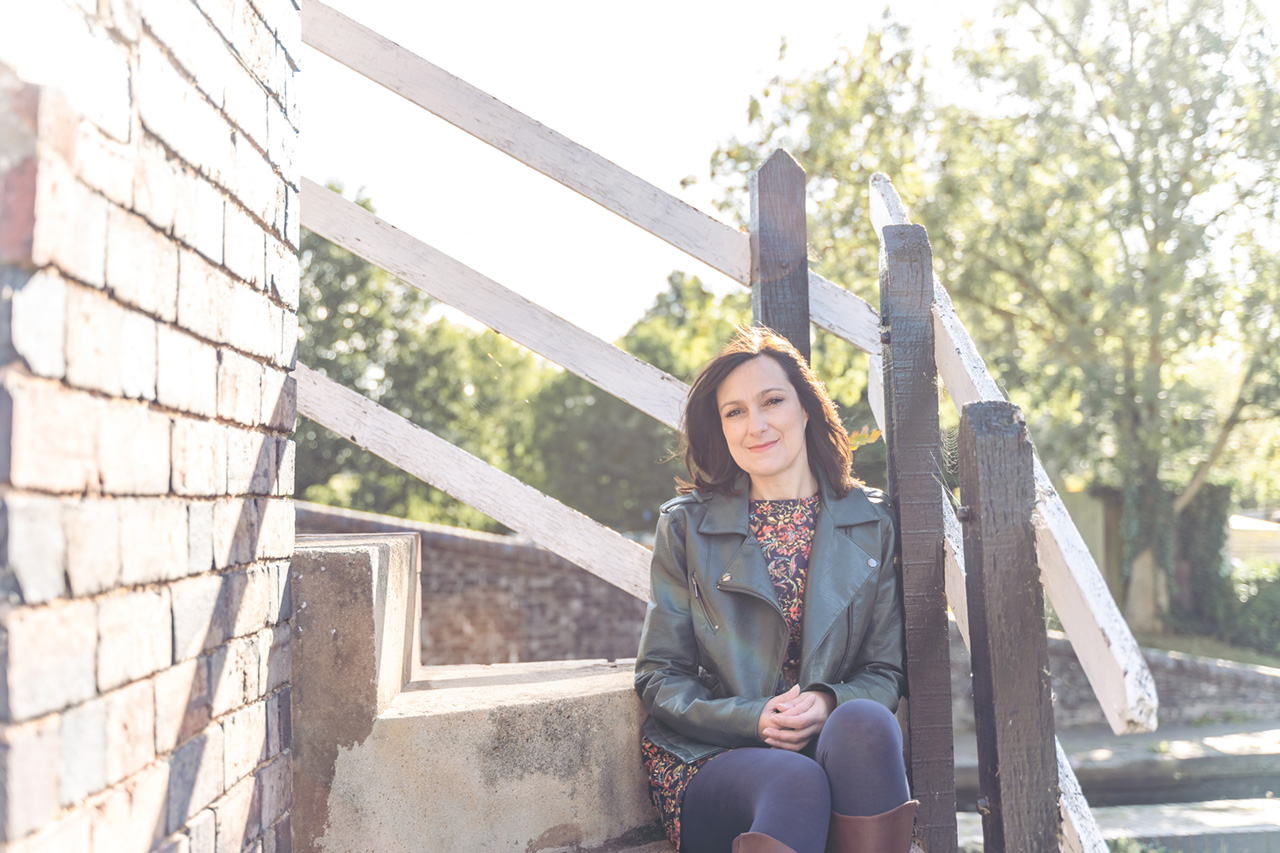Author Q&A: Elizabeth Lee
Cunning Women
(Windmill)
In the shadow of the Lancashire witch trials, a family of cunning folk live on the outskirts of a village, in a hamlet abandoned by others since the plague. The Haworths are outcasts by day but under the cover of darkness the community relies on them for protection. But who is protecting the Haworths? When a new magistrate arrives in town, and young Sarah meets a local farmer’s son and decides to live a conventional life, the fragile weave holding the community together begin to fray. And even if the villagers can accept Sarah, can she tame the wildness within?
Tell us about the love story at the heart of Cunning Women.
It’s really a story about two outsiders who find a connection with each other. Sarah is the daughter of the local cunning woman, her family poverty stricken and regarded with suspicion. Daniel is the farmer’s son but considered unmanly and unworthy of his inheritance. When they find in each other someone who sees them and values them as they truly are, it’s a new and magical feeling for them.
What was the difference between cunning folk and witches, and have the Haworth family escaped persecution because of that distinction?
Cunning folk were generally considered to have a more benevolent kind of magic, used to heal, help find lost belongings or free a person from a curse. Witches stole your belongings and were the ones who cursed you in the first place! In the book the Haworths tread this line carefully, though they are known to stray into curses when angered. They have partly escaped persecution because the locals rely on them for their cunning ways, although there is another reason they’ve been protected, which is revealed in the book. I can’t say any more – spoilers!
In Lancashire we know the names Demdike and Chattox but are there historical accounts of cunning folk too?
There are mentions of cunning folk in legal cases even before the Pendle Witch Trials that involved Old Demdike and Mother Chattox, although they were often not named. One famous case involved the cunning man Edmund Hartley, who was summoned to heal the Starkey children, as they were believed to be possessed by demons. When he was witnessed practising a ritual in the woods he was accused of summoning the demons himself, and later confessed to this, once again showing how delicate the line between cunning folk and witchcraft could be.
The women in the family do, however, believe they are marked by the devil and destined to do his bidding. Was it important for your characters to take control of that image?
Yes, especially for Sarah. Much of her struggle in the book is with this fate that she has not chosen – there are parts of this life she longs to reject and parts she is drawn to. I wanted to explore what happens when a person is told what they are, and how strongly that might affect their own sense of identity. Throughout the book, she moves from fearing her destiny to feeling that she has power over how she uses it.
Modern feminism claims witches as its martyrs, taking the early modern trials to represent the persecution of women living outside conventional society and threatening patriarchal institutions. Do you agree?
To a large extent, yes, and this is certainly the case with the characters in Cunning Women. They believe they have magical powers and can be tempted to use them to do harm, so are perhaps not wholly innocent. However, they are vulnerable, easy to scapegoat and regarded with suspicion, in part because they are women in the strongly patriarchal society of the time.
While witches in Lancashire in the 17th century were a scapegoat for the social tensions thrown up by Protestant reformation, in your story it’s the Haworth brother, John, who is ultimately condemned. Why was this an important plot point?
I’m interested in outsiders, and so John is a character that I was particularly fond of. The whole family are outcast, but even in this situation John doesn’t “fit” – he is not marked and so doesn’t share the fate of Sarah and Mam, but he is also unable to support them in a conventional way or find a place in the village. He is an outsider even in his own family. I also wanted to explore the depths that basically decent people can sink to when they are afraid and threatened, and how people who are frightened can become people who are dangerous and susceptible to groupthink. So what happens to John is important from that point of view too.
Do you think historical fiction authors will look back on Covid times and find strange themes, just like they do about times of plague now?
I do think that this period will be explored by historical fiction writers of the future! Although I think that the themes may well overlap the ones that are apparent when writing about the time of plague and witch trials – this is a situation that has thrown light on the inequalities that still exist in our world today, and has also highlighted issues of loneliness, isolation and the need for community. Not so different, really, from those explored in Cunning Women.

Leave a reply
Your email address will not be published.